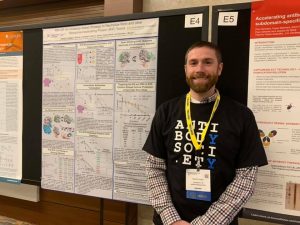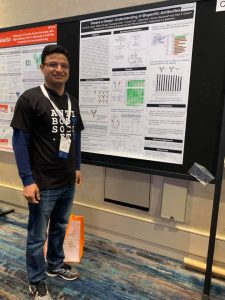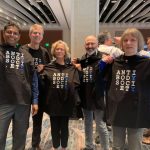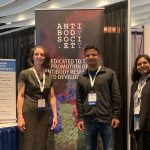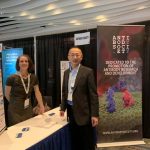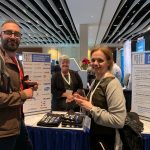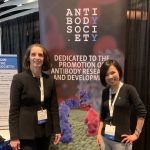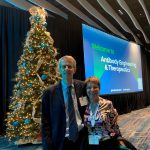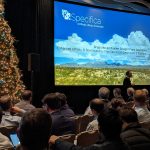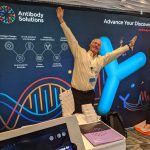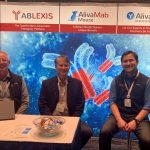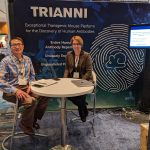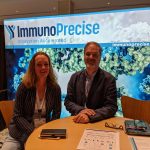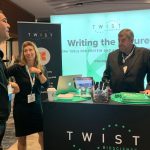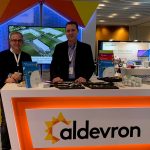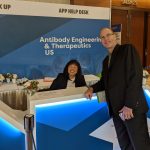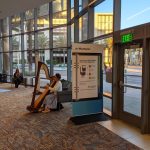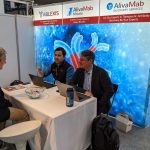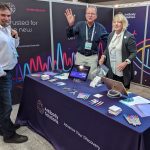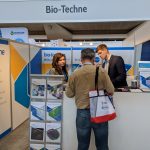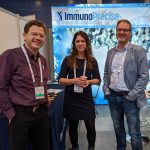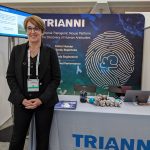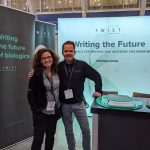The idea of a Diagnostics WG originated in May at the AIRR-C IV meeting in Genoa, Italy. The three initiators, Florian Rubelt (Roche Sequencing Solutions), Nicolas Schwab (UK Münster) and Christopher Gooley (Microsoft Research), felt that it was time for AIRR-based diagnostics to make their way into the clinic. The transition from an academic environment to a clinical setting creates new challenges, which will be of high interest within the AIRR Community and beyond. The AIRR-Community has a unique advantage to connect people from academia and industry from around the world and provides a great basis to identify and address these new challenges in the AIRR field.
A group of interested participants held an ad hoc session at the Genoa meeting and at this point the AIRR-C Diagnostics Interim Working Group has held 9 calls with over 30 participants. Early discussions have revolved around identifying the set of tasks and the format of the group.
A first agreed-upon product is a commentary about AIRR-based diagnostics. This initial commentary manuscript is meant to introduce AIRR-based diagnostics and the potential future opportunities to a clinical audience. The group has also ran a survey to identify the background and interests of the group. One outcome of the survey was to identify bottlenecks and challenges bringing AIRR based diagnostics to the clinic.
Currently, the AIRR-C Diagnostics interim working group is led by Florian Rubelt, Nicholas Schwab and Christopher Gooley and has more than 60 members.
For more information and updates please refer to the AIRR-C Diagnostics Interim Working Group website.
If you are interested in joining, please contact diagnostics@airrc.antibodysociety.org

